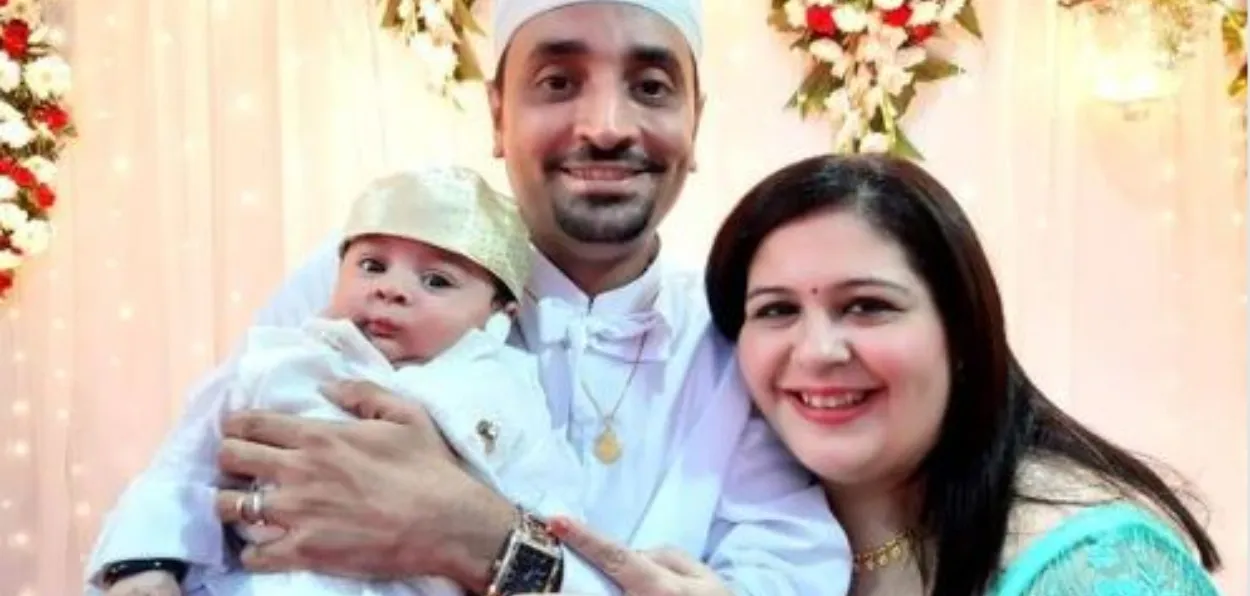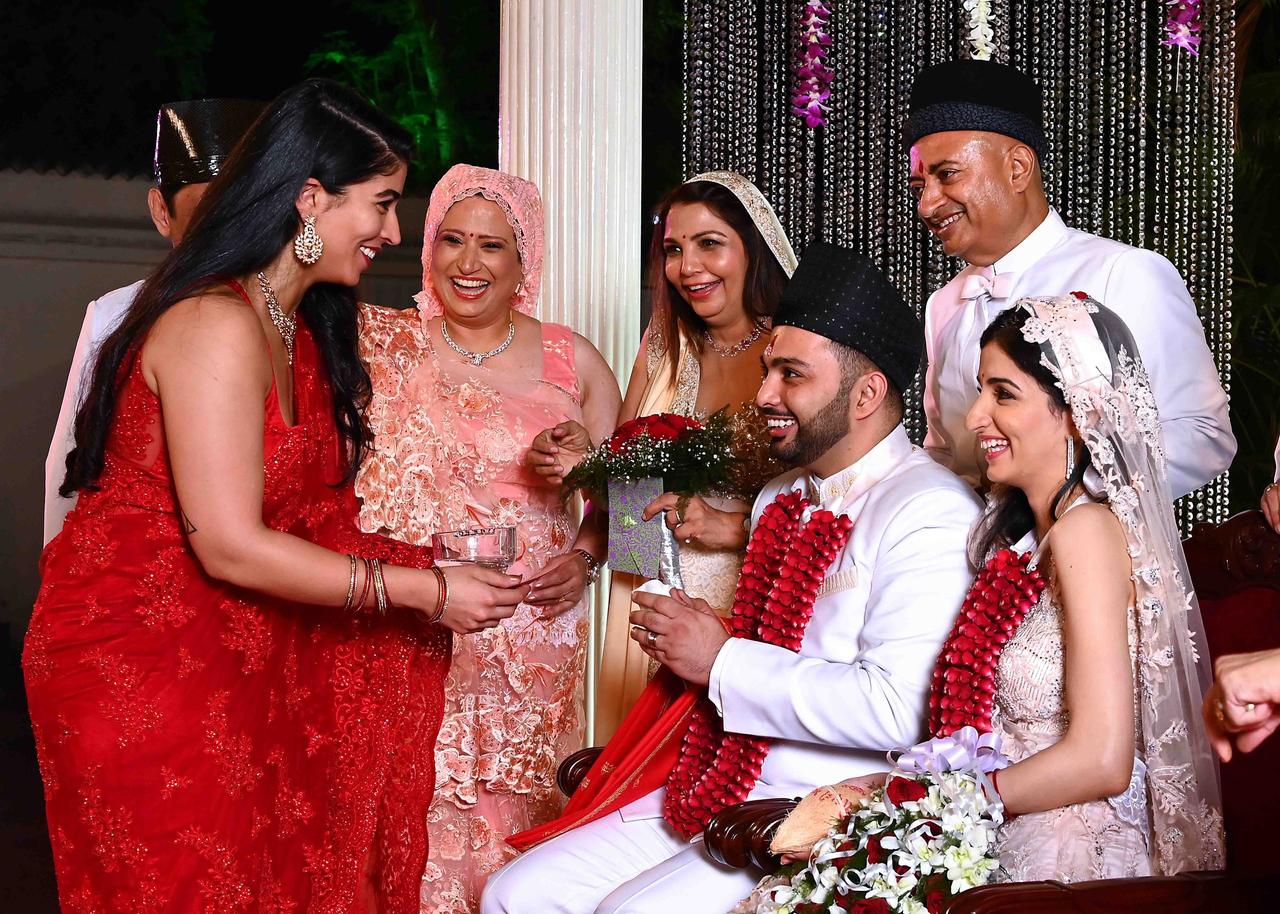
Aasha Khosa/New Delhi
It’s one of the paradoxes of India that in a country with the largest population, the state is funding the birth of children. The generous funding is offered to Parsis, one of the most influential yet minuscule ethnoreligious communities with its origins in Iran, as its population has been on a fast decline for decades and reached the levels where the community is facing threat of extinction.
The scheme called Jiyo Parsi launched 20 years ago, has so far led to the birth of 400 children among the community. Though it’s a happy omen, it falls short of the required birth rate to keep the Parsi community going as a pure bloodline. According to conventional wisdom, a total fertility rate of 2.1 children per woman ensures a stable population and the wealthy community is not close to this figure.
The scheme implemented by the Ministry of Minority Affairs is aimed at arresting the population decline of the Parsi Community; its “objective is to reverse the declining trend of Parsi Population by adopting scientific protocol and structured interventions to stabilize their population in India.”

A scene from a Parsi wedding (Courtesy: Weddingwire.in)
The scheme involves providing financial assistance to Parsi Couples for medical treatment including the use of Assisted Reproductive Technologies (ART), surrogacy, In-Vitro Fertilization (IVF) or Intra Cytoplasmic Sperm Injection; child care and assistance of elderly people, advocacy and outreach programmes to generate awareness among the community members.
According to the official figures, so far 115 couples have received financial assistance. As per the census, the population of Indian Parsis is 57,264, a fall from 114,000 in 1941, and extinction has increasingly become a reality. However even today, the decline of the community has not been arrested As the number of Parsi children below five years (per 10,000 people) has fallen to 3.2 percent.
“One big reason why Parsis remain childless is because a young Parsi couple on average has eight dependents. We realised this problem, and offered financial assistance for the elderly of the family so a couple can comfortably plan a family,” said Cama, who has published her research on the Parsis in four volumes.
According to Bachchi Karkari, a Mumbai-based eminent Parsi journalist, “Parsis fear that their envied communal legacy will be appropriated by "half-castes". Intermarriage accounts for 38% and is growing. One in every 10 women and one in every five men remains unmarried by age 50. Fertility rates have fallen below viable levels; only one in nine wholly Parsi families has a child under age 10.”
 A Just-married Parsi couple
A Just-married Parsi couple
Parsis or Zoroastrians don’t have provisions for religious conversion and hence the community keeps the children of inter-religious marriages out of it. This is one of the causes of the rapid decline in its population. Despite demand from women and several community members and more importantly as faced with extinction, the religious leaders refused to let the women marry outside be even attend services and prayers in the fire temple.
Karkaris argues that if her forefathers who came from Persia and adopted a new culture in India could change why can’t the rules be changed to save the community from extinction?
“it had already been made by the Parsis' forefathers who had abandoned their age-old Persian identity and charted a bold, new course to preserve their ancient, enlightened Zoroastrian faith,” she wrote.
Parsis are an example of an ideal way for a migrant community to live in its adopted land and contribute to its growth. Businessmen Rattan Tataand Adishwar Godrej, Founder of India’s Atomic Energy programme Dr Homi Jahangir Bhabha, freedom fighter Bikaji Cama, Military hero SAM Manekshaw, legal luminaries Nani Palkiwala, Soli Sorabji, Nariman, film personalities like Boman Irani, etc. are a few names of Parsis known to every Indian.
ALSO READ: TISS-ParZor academic course on Parsi culture adds to efforts of saving community from extinction
The government recently launched the portal for Jiyo Parsi to bring in more transparency in the scheme. The identity of the beneficiary is kept secret but the money is directly transferred to be beneficiary as against being given to the service provider earlier.
